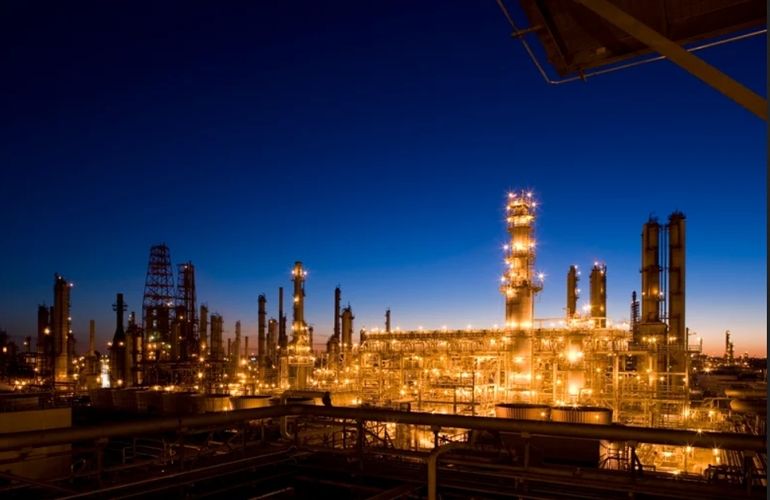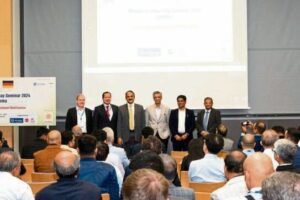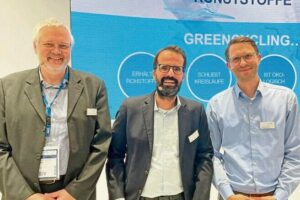Lyondellbasell announced its ambition of, and approach to, achieving net zero emissions from global operations by 2050. As an interim step toward 2050, the company also announced a strategy to achieve an absolute reduction of 30 % in scope 1 and scope 2 emissions by 2030. These targets are consistent with efforts to support the Paris Agreement‘s goal of limiting climate change by achieving net zero for global greenhouse gas (GHG) emissions by mid-century.
„While climate science is extremely complex, there is little doubt greenhouse gases contribute to global warming. The UN‘s Intergovernmental Panel on Climate Change report is the most recent indicator that firm commitments, collective action and a sense of urgency are needed to help address the global challenge of climate change,“ said Bob Patel, CEO of Lyondellbasell. „To ensure that Lyondellbasell‘s targets are ambitious and achievable, we have developed a strategy to reduce our emissions footprint by 30 % percent by 2030 with the goal of reaching net zero emissions by 2050. We are confident in our approach and committed to doing our part.“
Pathway to net zero
In 2019, Lyondellbasell announced an initial GHG emissions reduction target of 15 % per ton of product produced by 2030 (relative to 2015 levels). At the time, the company stated its intention to establish a more ambitious target. As such, the company has developed an achievable pathway to an absolute reduction in scope 1 and scope 2 GHG emissions by 30 % (relative to 2020 levels). This approach includes:
- Enhanced energy management and low emission steam
- Flare minimisation;
- Use of lower-emitting fuels
- Process electrification and furnace upgrades
- minimum of 50 % of electricity procured from renewable sources
Lyondellbasell‘s approach to achieving net zero emissions for its scope 1 and scope 2 emissions by 2050 will build upon the progress achieved over the balance of this decade. In addition to these strategies, the company has begun evaluating a portfolio of technology options that could be deployed across the company‘s manufacturing footprint, including cracker electrification, use of hydrogen, carbon capture and storage, and carbon use.
In addition, the company is actively embedding emissions reduction efforts into certain business processes including long-range planning and risk management, and identifying collaboration opportunities across multiple sectors to accelerate the scale up and deployment of breakthrough technologies. The company is committed to transparency by reporting the climate risk as well as the progress in reducing GHG emissions annually in the CDP climate change questionnaire and according to the Taskforce on Climate-Related Financial Disclosure (TCFD) guidelines.









